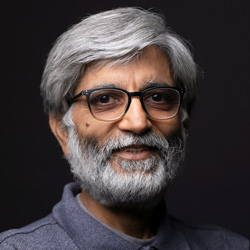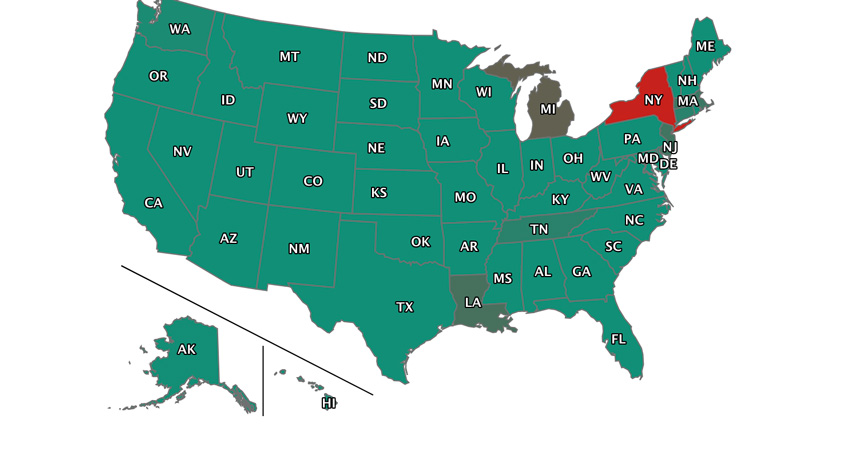New Planning Tool to Help States Estimate Ventilator Needs
Model could be used as a planning framework for state and federal agencies
Northwestern University engineers have developed a new model to help US states allocate and share ventilators and other life-saving resources in the fight against COVID-19.
Preliminary results from the computational model are available as an interactive online procurement and distribution planning tool that acts as a central hub for information about each state. Users can visit the site to see which states have or need resources, such as ventilators and hospital beds. They also can explore model recommendations for ventilator allocation and sharing from the national stockpile.

The model also provides estimates for when states will encounter different demand scenarios. Users can plug in different options — such as alternative demand scenarios, ventilator sharing risk-aversion thresholds, percent of state’s historical ventilator inventory for non-COVID patients, and lead time — in order to find how many resources will be needed and what resources might be available under various conditions.
The researchers’ goal is to keep states from competing with each other for supplies and instead cooperate to make collective, strategic decisions. The model uses data from the Institute of Health Metrics and Evaluation, estimates of historical ventilator inventory from CovidCareMap, initial ventilator inventory at the Federal Emergency Management Agency (FEMA) of the US Department of Homeland Security, and estimated ventilator production.
Upon request, the research team can provide estimates based on more refined ventilatory inventory.
The research was led by Sanjay Mehrotra, a professor of industrial engineering and management sciences in Northwestern’s McCormick School of Engineering and director of the Center for Engineering Health. His lab develops optimization models to better allocate health care resources in order to reduce geographic disparities and reduce waste in the health care system.
Mehrotra was motivated by New York’s need for ventilators as it approaches a pandemic peak.
“It occurred to me that a model-based approach would allow us to systematically study and perform a what-if analysis to support decision-making on this national issue,” Mehrotra said. “Our research team quickly assembled and worked late nights to develop and implement a model and produce results using data that only became available during the last week.”
Limiting the death toll within the US depends on the ability to allocate sufficient numbers of ventilators to hard-hit areas of the country before infections peak and then ensuring that the inventory does not run out. Because states peak at different times, each state needs more ventilators at different times.
By using the new model, states and federal agencies could develop a planning framework to allocate more ventilators to states during peak times. After those peak times have subsided, states can then reallocate ventilators in other states approaching peak times.
Hamed Rahimian, Masoud Barah, Fengqiao Luo, and Karolina Schantz — all at Northwestern — coauthored the technical report.
